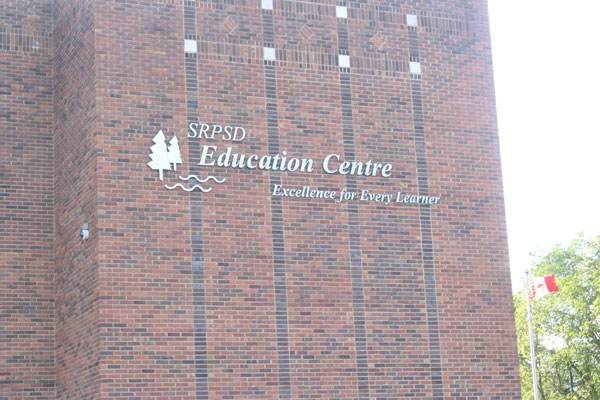Sask. Rivers school board trustees got a look at how the division spends the more than $3-million allocated for inclusive education during Monday’s school board meeting.
Superintendent Tom Michaud delivered the Inclusive Education Accountability Report, which outlined the work the division was doing in the area.
Education Director Robert Bratvold said that previously this fell under Student Support Services. He said supporting students with intensive needs is an important part of the school system.
“Part of the rationale is for that support for those students is to make sure they are included fully in their education opportunities,” he said.
The division’s understanding of inclusion has grown far beyond the support for students with intensive needs to include support for mental health, gender diversity, language diversity and more.
“If you are talking about inclusion fully, that can include lots of different aspects,” Bratvold explained. “Superintendent Michaud has expanded that as a team where they are saying, ‘hey we are about making sure that every student has the best opportunity possible to access a great education.”
Bratvold said the data shows significant successes for the division, as does the anecdotal evidence. He also noted the broadening of the report to include new areas.
The division’s understanding of inclusion has grown far beyond the support for students with intensive needs to include support for mental health, gender diversity, language diversity and more.
“It’s been a nice evolution for sure he has done some great leadership on that,” Bratvold said.
One example of gender diversity in the report is that Carlton Comprehensive High School, Ecole Arthur Pechey and Riverside Public School all have gender neutral bathrooms after recent facilities upgrades.
The report also showed a clear alignment to the new Strategic Plan for the division.
The discussions also included comments about the need for appropriate funding from the province as the division spends more than $3 million beyond what it is allocated in this area.
In the division, there are currently 42 emotional support teachers, six speech language pathologists, 11 school social workers, five and a half English as additional language teachers, two educational psychologists and four Intensive Support consultants.
Contracted service providers or partnerships include YWCA workers, audiologists, occupational therapists, physical therapists through referral with the Saskatchewan Health Authority (SHA) and SHA outreach workers.
Staff changes in 2021-2022 showed a transition to contracted services for all educational psychology supports with the retirement and resignation of the two employed psychologists. The division added one full time equivalent Social Worker to respond to needs in multiple schools, this position was funded by one-time COVID-19 supports. These supports also funded three full time equivalent Mental Health Coach supports. Speech Language Pathologists saw a half time and full time position vacant due to family support and maternity leave. There is one temporary to June, 2021 Speech and Language Assistant. As well there was a 2.5 full time equivalent reduction to English as an Additional Language Teachers.
Overall, Bratvold sees both achievements and parts that need fixing in the report.
“It shows lots of success in inclusion and success for students with intensive needs and success in English as an Additional Language, certainly some really great things. And it also identified some areas that we continue to focus on for greater supports,” Bratvold said.
The report also outlined mental health supports that exist in the division.


